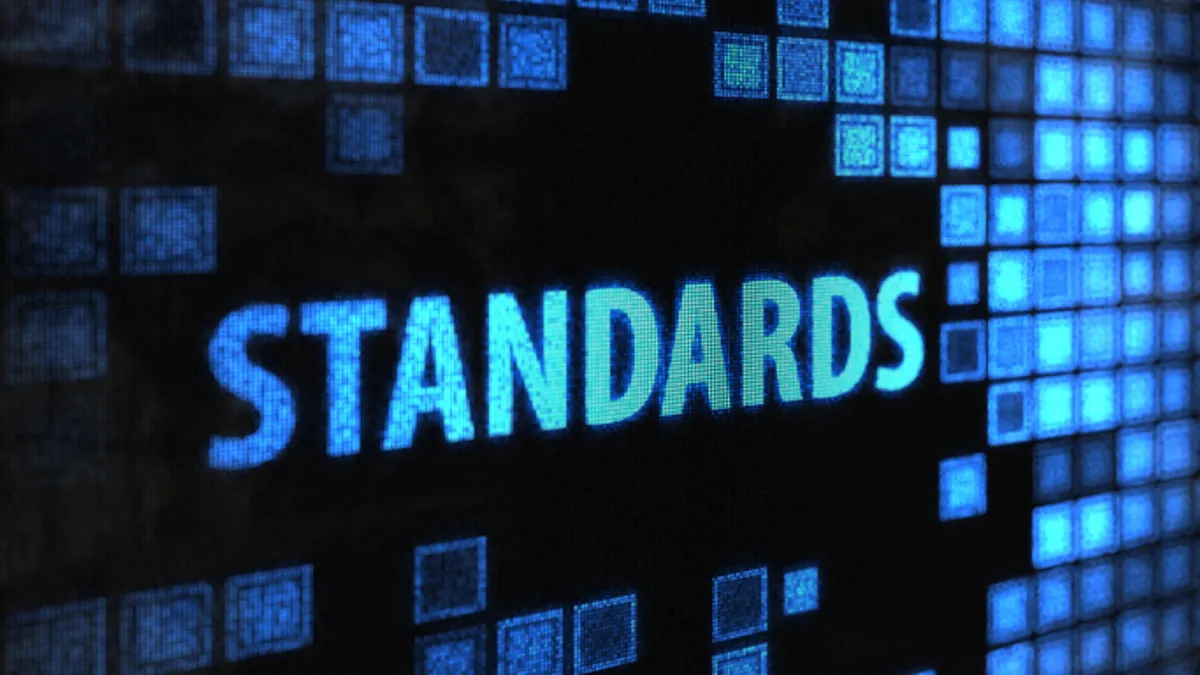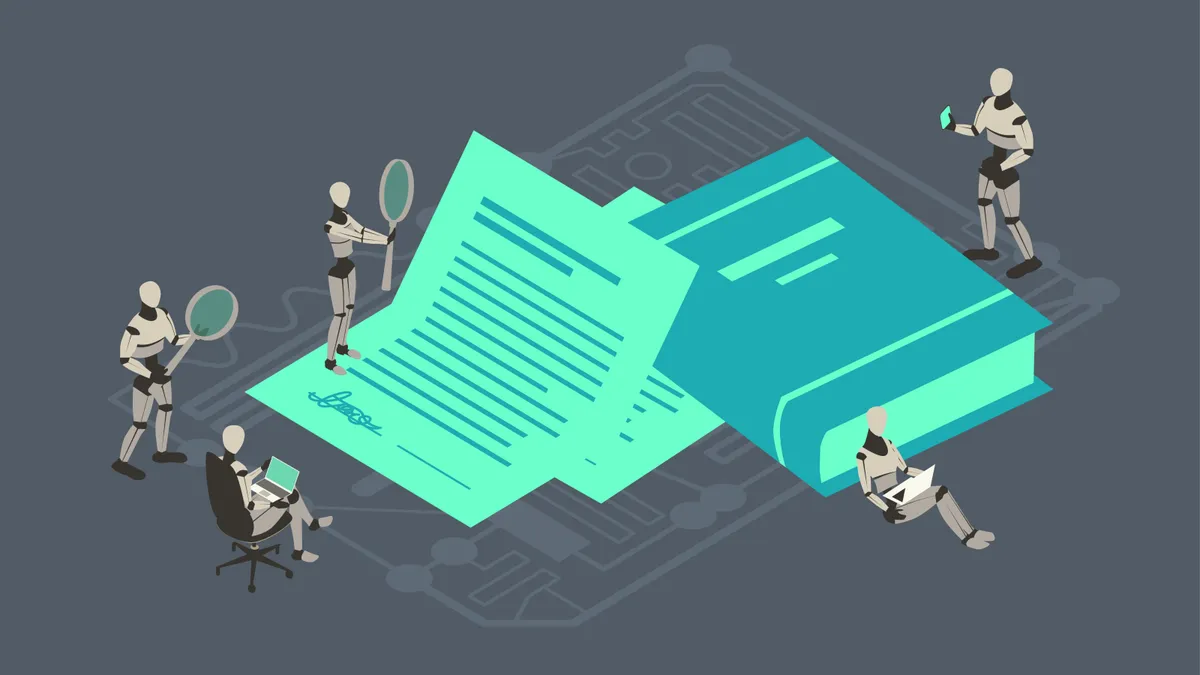Nicole Clark is CEO and co-founder of Trellis, an AI-powered legal research and analytics platform. She is also a business litigation and labor and employment attorney. Views are the author’s own.
It all begins with a ping.
Most commercial litigators tap into new business opportunities by registering for alerts with a legal analytics platform.
These alerts offer a bird’s-eye view of the litigation landscape as it unfolds in real-time, notifying users whenever a new case has been filed against a particular company in their field of expertise.
With a single ping, legal teams are sent scrambling to the phones, all in an effort to be the first to reach the in-house legal departments of a newly named defendant.
These calls, which contain pitches—as well as snippets of advice on venue and strategy—are verbal commitments to provide the company with the best possible defense.
It all happens so fast.
To help manage the urgency of this reality, in-house legal departments are turning to a different tool—the daily filings report.
A daily filings report is a spreadsheet that contains detailed coverage of all new civil actions filed in a specific jurisdiction.
Each report is emailed to subscribers every morning and includes all case metadata (i.e., judge, party, counsel, practice area) as well as direct links to the docket and the complaint.
This is just one way in which Trellis, Lex Machina and other legal analytics platforms have worked to unpack the silos that have rendered state trial court data inaccessible to in-house legal departments.
With reliable access to a daily filings report, in-house counsel can be the first to know about any new cases filed against their company.

They can access the complaint within seconds. And, within minutes, they have already performed a quick Google-like search through the millions of state trial court records that have been curated by their preferred legal analytics provider.
The goal? To learn more about the party that has filed the complaint, the law firm that has chosen to represent them and the legal issues addressed in the action.
How often has this party filed similar complaints in other jurisdictions? What is the status of those cases? Does this party, this legal team, tend to settle early in the litigation process? Or do they push matters all the way through to trial?
This is the kind of information that can help in-house counsel pinpoint nuisance cases—cases that can be swiftly resolved internally, all without the parade of pitches, interviews and calls required to hire outside counsel.
And then there’s a lull.
Proactive lawyering
“Anticipating client needs has always been a key component of good lawyering,” observes Mary Che, a legal marketing and business development professional. The uncertainty of the coronavirus pandemic has only heightened this sentiment.
As Che explains, “[i]t was immediately evident to our firm that our role was to anticipate the questions and issues that our clients were going to face and provide them the information and resources they needed—before they could even ask the questions.”
In-house counsel across the country are beginning to use alerts and daily filings reports to stay proactive in their legal practice, using their everyday legal research tasks to also develop the nascent insights needed to protect their company from future litigation.
This requires a long-view of the litigation process.
In-house counsel for, let’s say, a packing company, might want to begin cataloging every dispute filed against its industry peers, browsing through their archive of daily filings reports and registering alerts for any cases involving workplace injuries.
The outcome of this simple practice can reveal astounding, otherwise unidentifiable, insights about the current litigation landscape.
Let’s continue with an example from the COVID-19 pandemic, which resulted in California employers facing the greatest number of COVID-related lawsuits.
Because of a grand bargain negotiated more than one hundred years ago, many employers felt protected from any tort liability for COVID-19 in the workplace, assuming such lawsuits would be barred by the exclusive remedy negotiated in the workers’ compensation system. That ground, however, has shifted.
In 2021, an employee filed a lawsuit against See’s Candies in the Los Angeles County Superior Court, alleging that the company’s failure to enforce proper social distancing measures in its packing line rendered it liable for the death of an employee’s husband, who passed away as a result of a coronavirus infection.
In a ruling that generated headlines, Superior Court Judge Daniel M. Crowley refused to toss the employee’s lawsuit as a workers’ compensation claim, declaring that the husband’s death was a separate event from the employee’s workplace infection.
While seemingly innocuous, this ruling had the potential to subject employers to unlimited tort liability for workplace injuries.
What can in-house counsel do when met with an unexpected turn of events like this?
Next steps
We all know it’s virtually impossible to keep track of every single case that passes through the courts.
By tapping into the litigation activities of corporate competitors, their legal representation and their spheres of interest through case alerts and daily filings reports, in-house counsel can begin to narrow their field of study to the cases that matter the most.
With this curated archive, in-house counsel can prepare themselves (and their company) for the legal ramifications of any new legislation, new judicial decision or new reality.
It’s all up to you.
“Removing data silos is indeed key for every institution to succeed,” explained Emily Florio, a former president of the American Association of Law Libraries.
Artificial intelligence continues to bring new levels of transparency to the legal profession, with the synergies between daily filings reports and alert systems magnifying the capabilities of in-house legal departments.
It’s now easier than ever to spot emerging legal trends. Wouldn’t you like to see them?


















